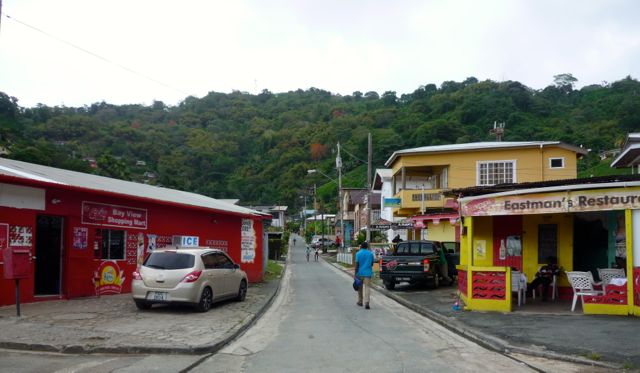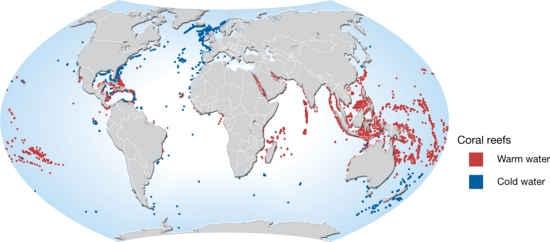A voice from Charlotteville

Over the period March 28 to 30, Environment Tobago’s former president and current vice president Patricia Turpin is attending the GEF-7 Replenishment Meeting in Paris. This meeting is the start of several sessions in which the Global Environmental Facility (a fund established in 1991 to tackle the biggest environmental problems on the planet), will consider what funding is needed to address, halt and reverse environmental degradation. This feature first appeared in Tobago Newsday, March 30, 2017. Charlotteville Tobago may be a long way from Paris France. For Patricia Turpin, Charlotteville is home, and Paris is one of many cities where Turpin attends to the business of securing the environmental health and wellbeing of home, the islands of Trinidad and Tobago, and the wider Caribbean. Charlotteville, she believes, may yet teach the nation a thing or two about conservation. Though she was born in San Fernando, Turpin has grown conservationist roots in Tobago where she manag...



